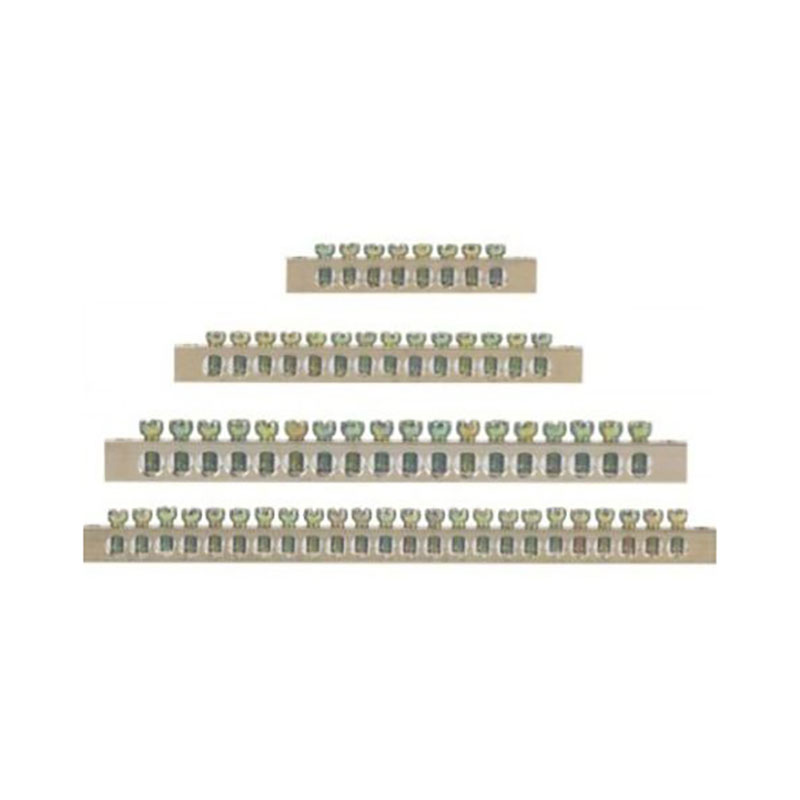Types of Terminal Block
2024-07-11
Terminal blocks are crucial components in electrical and electronic systems, used for connecting and securing electrical wires or cables. Here are some common types of terminal blocks:
1. DIN Rail Terminal Blocks: These are the most common type, designed to be mounted on DIN rails in electrical panels or enclosures. They come in various configurations, such as screw terminals, spring terminals, or push-in terminals.
2. Barrier Terminal Blocks: These terminal blocks feature a barrier between each connection point, providing electrical isolation between terminals and preventing accidental short circuits. They are often used in industrial applications.
3. PCB Terminal Blocks: These are mounted directly on printed circuit boards (PCBs) and provide connections for wires or cables directly on the board. They come in different pitches (spacing between terminals) to match PCB layouts.
4. Feed-Through Terminal Blocks: These terminal blocks allow wires or cables to pass through them, providing a secure connection on both sides. They are useful for applications where connections need to be made on both ends of the terminal block.
5. Pluggable Terminal Blocks: These terminal blocks feature connectors that can be plugged and unplugged from the block, allowing for easier installation and maintenance in applications where wiring changes are frequent.
6. Fuse Terminal Blocks: These terminal blocks incorporate fuses into their design, providing overcurrent protection for connected circuits. They are commonly used in industrial control panels and power distribution systems.
7. Ground Terminal Blocks: These terminal blocks are specifically designed for grounding applications, providing a secure and reliable connection to the ground.
8. Disconnect Terminal Blocks: These terminal blocks include a disconnect feature that allows individual wires or groups of wires to be easily disconnected without affecting other connections. They are useful for maintenance purposes.
9. Power Distribution Terminal Blocks: These terminal blocks are designed to handle higher currents and are used for distributing power within electrical panels or equipment.
10. Sensor/Actuator Terminal Blocks: These terminal blocks are designed for connecting sensors, actuators, and other low-voltage devices in industrial automation and control systems.
Each type of terminal block is designed to meet specific requirements for wiring connections, current ratings, voltage ratings, and environmental conditions. Choosing the right type depends on factors such as the application, installation environment, and electrical specifications.



